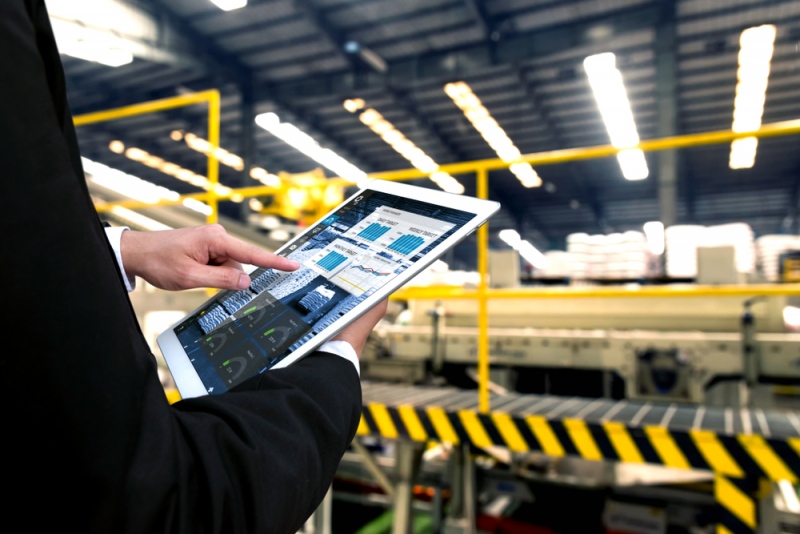The Four Stages of any Adequate Custom Automation Service

If you are in the manufacturing industry, then you have probably have had the need for custom automation services at one point or another. Custom automation is the introduction of customized machinery to a production process.
People in need of new equipment for a particular purpose in their company’s production process can find that custom automation has the answer they were looking for. Custom automation provides solutions to redesign the entire manufacturing process, or simply change a particular section. It allows you to develop machinery that will help you achieve what you want in certain stages of production.

Custom automation is a perfect remedy when you need a solution that is not available in the general market. However, you should also be careful about the provider you choose to help you with such services. Hiring an established firm such as Trimantec will enhance the level of quality potentially enjoyed from the finished product.
If you are not too sure about how to identify a reliable custom automation manufacturer, looking at the different stages of their services is a good way to determine their professionalism. These stages deal with the initial contact of a customer and go on up to the delivery of a finished product. An established process shows that a company knows what they are doing and are not simply making it up as they go along.
The four primary stages that should be present with the provision of any custom automation service include:
Once you have contacted the company with a proposal for your particular needs, an official response should be delivered in a short period. The response should contain any information you might need, including the construction process, how long it will take to manufacture the item, and terms of delivery. Shorthand responses simply stating that they can do the work without any further information portray a firm that is not dedicated to its clients.
The next step is creating a design based on the ideas of the customer. The blueprint should allow for all your needs and requirements to be considered acceptable. In some cases, a company can tweak an existing design to give it some additional capabilities. Other times you might have to create a whole new machine for your specific needs.
The design will then be first sent to you for approval before its production. At this stage, any changes and suggestions you might have are added to the model where possible.
Once you have signed off on the configurations and the machine has been manufactured, you will then be invited to test the actual product before it is delivered. This stage makes sure that you are not receiving something you will just have to send back due to dissatisfaction.
The last step of any good custom automation service is the delivery of the product to your location. Most established manufacturers will also help you install the machinery upon arrival, as well as test it in its intended environment to ensure everything is working according to plan.
